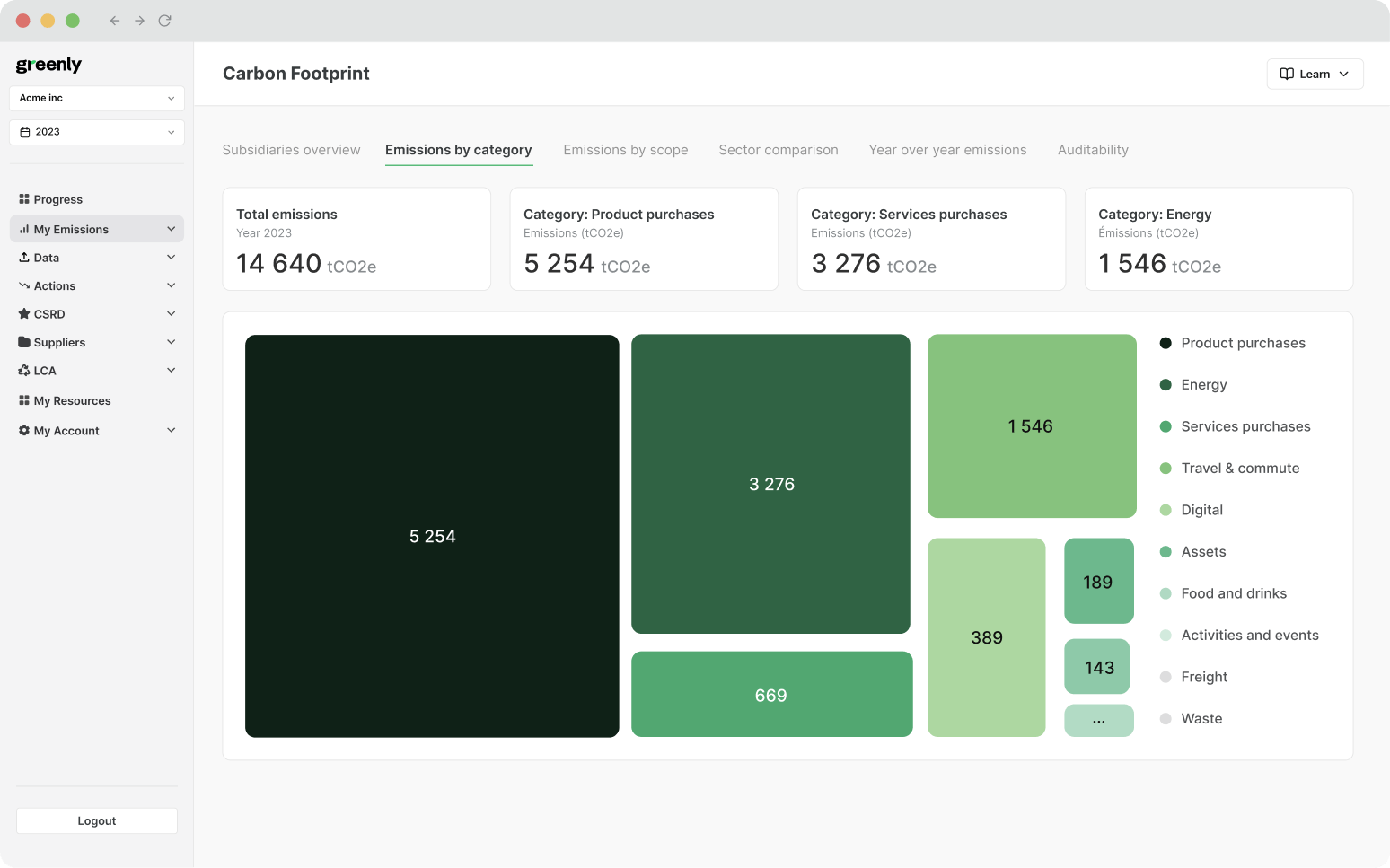ESG / CSR
Industries
Water Pollution: Causes, Consequences and Solutions
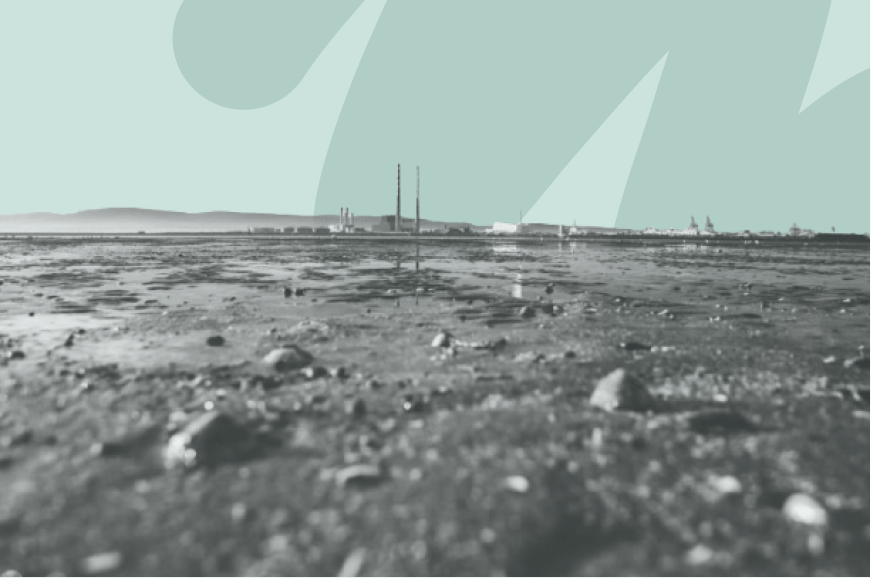


- The main causes of water pollution and its impact on society
- Environmental effects of water pollution
- Strategies and solutions to mitigate the harmful effects of water pollution
Maybe you’ve already heard about water waste and how to reduce your water usage given that safe and viable drinking water is already sparse amongst the planet, but what about water pollution?
What is water pollution, what causes it, and what are the negative impacts to be had as a result of water pollution? Is there a way to mitigate further water pollution and protect both the health of global citizens and the planet?
What is Water Pollution?
Water pollution is when harmful toxins, such as microorganisms or chemicals, end up in large bodies of water such as rivers, oceans, lakes, or streams that could lessen the current quality of water and end up in the water used by humans – ultimately compromising both human health and the state of the environment.
The main problem with water pollution is that it threatens the health of our population, as the chemicals found in common water from water pollution are detrimental to the extent that casualties are a direct result of water pollution itself.
How Much of the Globe's Water Supply is Drinkable?
Drinking water is already scarce amongst the planet, with less than 1% of the world’s water being deemed as safe, accessible, and drinkable – but water pollution is making that small amount of viable drinking water even smaller than it already is.
In fact, according to the Bureau of Reclamation in California, only 0.5% of the Earth's available water supply is classified as freshwater.
The overview cards below will reveal where freshwater supplies can be found and why they are so sparse:
Glaciers & Ice Caps
Hold most of Earth’s freshwater, but it’s locked away. Warming drives melting and shifts when water is released, stressing supplies.
Groundwater Aquifers
Vast underground stores that supply cities and farms. Over-pumping and slow recharge make them a shrinking “savings account.”
Rivers & Lakes
Most accessible freshwater for people, yet a tiny share of the total. Drought, dams, and pollution reduce flow and quality.
Wetlands & Watersheds
Natural sponges that store, filter, and slowly release water. Draining and development remove this buffer against scarcity.
Snowpack & Atmosphere
Seasonal storage that feeds rivers in spring. Warmer winters mean less snow and earlier melt, leaving late-season shortages.
Desalination & Reuse
Turning seawater into freshwater and recycling treated wastewater can boost supplies, though energy and cost must be managed.
What Will Happen If We Don't Fight Water Pollution?
If action to control the consequences of water pollution aren’t taken, the global demand for clean drinking water will outweigh the available supply by 40% by 2030.
According to World Bank, there are still 2 billion people across the planet without access to clean water – and this number will only increase if we continue to abuse the existing, dwindling supply of freshwater sources we have now.
Is water pollution the same or different to other current water catastrophes?

Differences Between Water Pollution and Water Waste
While both water pollution and water waste threaten the current supply of global water, the two aren’t one and the same.
Water pollution is when clean water becomes contaminated with toxic chemicals, in the same way that food may spoil and become inedible. Water waste, on the other hand, is when water is thrown away from daily activities – often in unnecessary, large amounts. Water waste is more like throwing perfectly edible food away – as water waste occurs when people leave the faucet on when brushing their teeth, shaving, or doing a load of laundry even if the washing machine isn’t filled to the brim with clothes.
The battle cards below will further break down the differences between water pollution and water waste:
However, water waste and water pollution both have detrimental effects to the environment and public health, as both water waste and water pollution contribute to toxic chemicals that go back into the ocean or water for daily use – which can threaten both biodiversity and the agricultural sector, both of which are essential for a fruitful life on Earth.
Ultimately, the problem with water waste and water pollution is that both of these predicaments contribute to the depletion of viable water – meaning both water waste and water pollution are pivotal to rectify in order to address the globe’s sparse supply of water.

What Causes Water Pollution?
The problem with water pollution is that water is constantly subject to become contaminated, and subsequently will become undrinkable or unusable as a consequence. This is because water is a universal solvent, which means that water is able to dissolve almost any substance – making it prone to pollution.
Think of pink lemonade and teal colored bodies of water. This is the precise reason why water can be tinted to near-exotique colors – as water is so soluble, it will absorb next to anything that is mixed with it. However, while it’s fun to test out food coloring for festive-beverages in our free time, the downside to water being so soluble is that it absorbs toxic chemicals as well.
The vertical timeline below will reveal how water pollution happens as a result of water being a universal solvent:
1. Universal Solvent 💧
Water dissolves more substances than any other liquid, allowing chemicals, waste, and minerals to easily mix into it.
2. Runoff & Chemicals 🌱☣️
Fertilisers, pesticides, and oils are carried by rainwater into rivers, lakes, and groundwater.
3. Industrial Waste 🏭
Factories discharge pollutants that dissolve in water, spreading contaminants over wide areas.
4. Sewage & Wastewater 🚽
Untreated or poorly treated sewage introduces harmful bacteria and nutrients into waterways.
5. Transport Through Rivers 🌊
Because water flows, pollutants spread quickly downstream, carrying contamination far from the source.
6. Accumulation & Impact 🐠⚠️
Dissolved pollutants build up, harming aquatic life, reducing water quality, and making water unsafe for human use.
Where Does Water Pollution Occur?
Water can become polluted almost instantly from anywhere, such as bodies of water that reside near places where industrial production takes place, toxic chemicals that pollute nearby water from farm activities, cities with higher pollution than usual, or even other various types of pollution.
More specifically, water pollution can come from factories as the emissions produced will soon infiltrate the surrounding bodies of water. The same goes for agricultural practices, as if farmers use toxic chemicals to genetically modify their fruits and vegetables – those substances now in the air can also find their way into nearby bodies of water. Water pollution can also come from sewage and wastewater, oil pollution, and even radioactive substances that come from nuclear power plants.
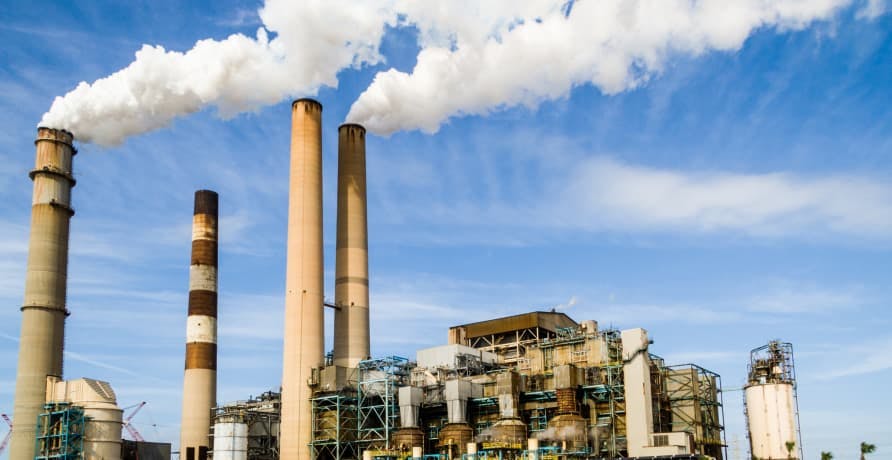
Point vs. Nonpoint Source Water Pollution
There are two main types of water pollution: point source and nonpoint source water pollution.
Point source water pollution is when the water is contaminated from a single source: such as by a nearby factory or agricultural practices – but not both. Think of point source pollution as pointing a finger at one person to blame. Point source pollution is regulated by the Environmental Protection Agency, as the EPA seeks to put limits on the amount of toxic substances that can be emitted from these sources of point pollution.
Nonpoint source water pollution is when water is contaminated from multiple sources, and it isn’t possible to pinpoint one main cause of water pollution – in other words, a finger can’t be pointed at once to blame. The majority of water pollution in the U.S. is caused by nonpoint source water pollution, and it is harder to define and rectify the causes of nonpoint source water pollution than it is for point source water pollution.
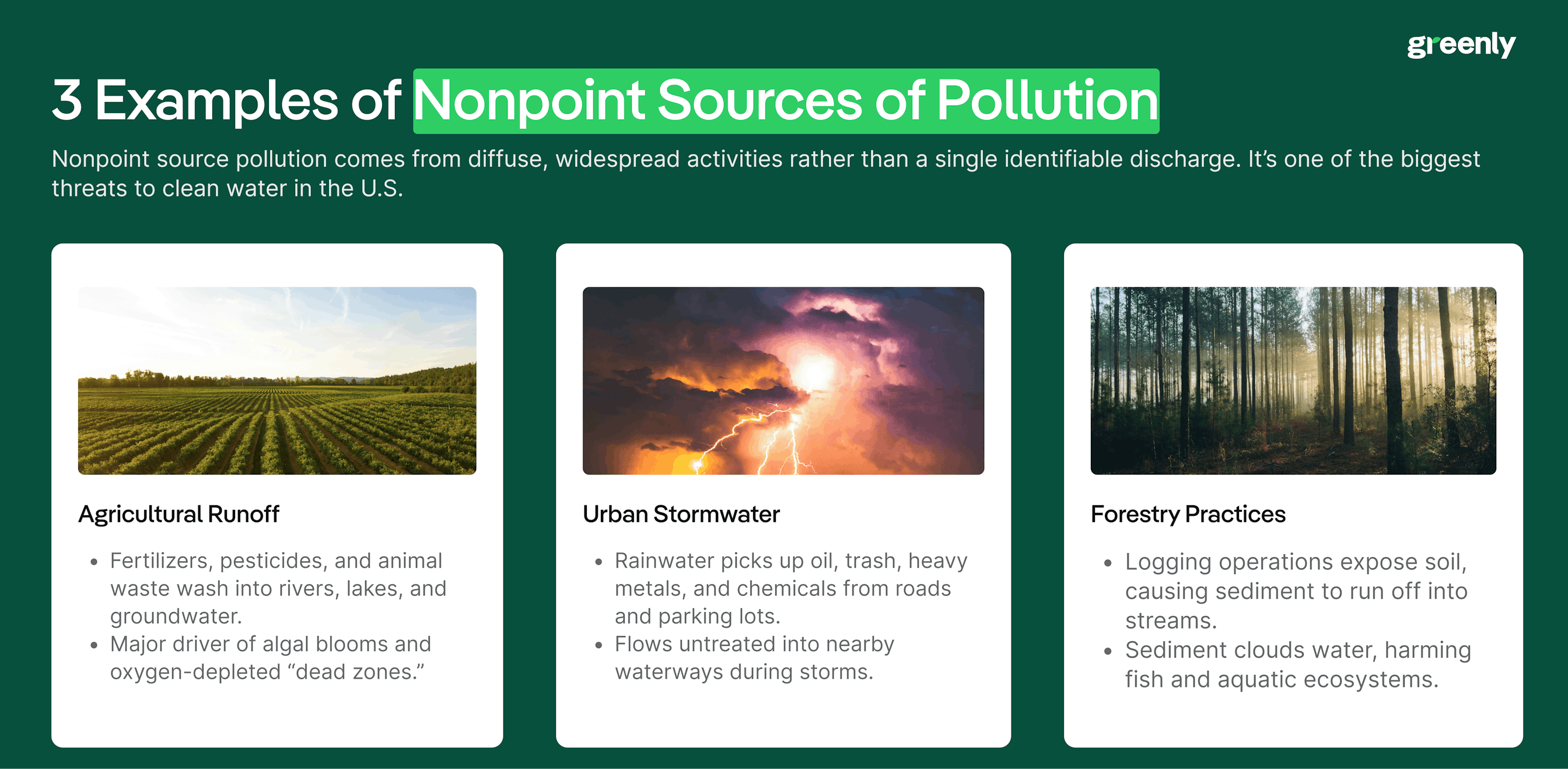

In addition to point source and non point source water pollution, there is a third type of water pollution called transboundary water pollution – where freshwater becomes polluted as a result of polluted water being mixed or spilled into a source of uncontaminated water. Think of a pasta dish that is perfectly edible until someone sprinkles some expired cheese on it: the same concept goes for transboundary water pollution. Perfectly viable gets mixed with contaminated water, and suddenly becomes unfit for use or consumption.
Given water pollution can come about in so many different ways, it’s safe to say there are just as many consequences as there are causes.
The three-way battle cards below will compare and contrast the differences between these three types of water pollution:
Impact of Water Pollution On Human Health
Water pollution can wreak havoc on human health, given nearly 60% of the human body is made of water – it is the most pivotal element necessary for survival. As water pollution continues to contaminate the most imperative resource for human life, it can (and already has) presented a multitude of health predicaments that will continue as long as water pollution itself does.
In fact, water pollution can be as dangerous as it can take lives – and it already has. Water pollution was responsible for nearly 2 million deaths in 2015 alone, as water contamination can make people ill if left untreated. This is why many travelers remain aware of abstaining from drinking water in undeveloped countries or in areas where there is nearby industrial production.
As water pollution can have an impact on human health, it can exacerbate the already-existing strain our healthcare systems. Learn more about this in our Leaf Media podcast linked below!
Additional Negative Effects of Water Pollution on Human Health
Water pollution can result in deathly pathogens, bacteria, and viruses to become present in drinking water – and is even becoming a problem in wealthier nations in the world due to uncontrolled water waste.
The problem with water pollution is that it isn't just consuming the water that can pose a health risk, but also contact with the water of any kind – such as by taking a dip in the lake with contaminated water. Something simple as going for a swim can cause rashes, eye irritation, and even hepatitis.
The interactive flip cards below (move cursor over card to flip) will reveal the ways that water pollution can be detrimental to the human body:
Impact of Water Pollution on Environment
Water pollution doesn’t just do a number on the health of humans – but it puts the health of the environment in peril, too. This is because water isn’t just imperative for human survival as we need to drink water to survive, but our ecosystems can’t function without viable water as well.
Impact on Ecosystems
Ecosystems are dependent on all organisms thriving: from animals, bacteria, fungi, and plants – and if any of these organisms consume contaminated water, it could impact the rest of the ecosystem and ultimately biodiversity, which has a direct impact on the state of climate change and overall human existence.
The overview cards below will reveal why all of these organisms in our ecosystems rely on clean water, and how water pollution impacts them long-term:
Aquatic Animals
Fish, amphibians, and marine life need clean, oxygen-rich water. Toxins bioaccumulate, causing deformities, die-offs, and food-chain collapse.
Birds
Rely on healthy waters for food and habitat. Oil and chemicals foul feathers, poison prey, and reduce breeding success.
Mammals & People
Contaminated water spreads disease and endocrine-disrupting chemicals through drinking and diet, harming health and reproduction.
Plants & Wetlands
Vegetation depends on clean water and balanced nutrients. Pollution triggers algal blooms, plant die-off, and habitat loss.
Microbes & Bacteria
Essential decomposers that cycle nutrients. Pollutants and antibiotics upset communities, fueling harmful blooms and pathogens.
Fungi & Soil Life
Mycelium and soil fauna filter water and support roots. Toxins weaken soils, reduce biodiversity, and impair forest resilience.
Impact on Marine Life
Even more so, roughly 85% of plants on Earth live underwater – meaning all of those plants are subject to the negative effects of water pollution, harming biodiversity, and ultimately the quality of human life all due to water pollution. This is because water pollution can result in reduced oxygen levels in the water, otherwise known as eutrophication, which can kill plants.
Water pollution can also contribute to ocean acidification, which is when the PH levels in the ocean are reduced from their normally balanced levels, as ocean acidification makes it more difficult for marine life like coral and shellfish to live – both of which help to absorb carbon dioxide emissions.
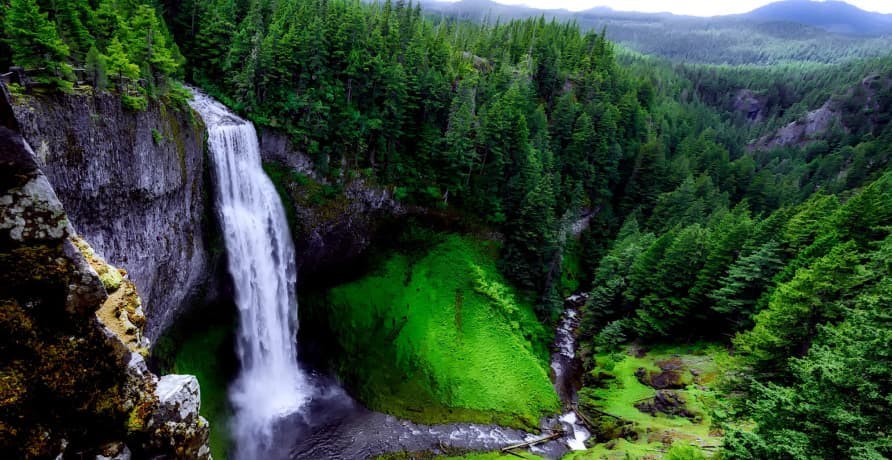
Moving Forward: How to Avoid Water Pollution
Despite the alarming impact of water pollution, there are several things that could be done to deter the harmful effects of water pollution from continuing. In fact, some measures have already been put in place to restore bodies of water that have been contaminated – such as with the Clean Water Act.
Clean Water Act
In addition to the help of the Environmental Protection Agency, the Clean Water Act was established in order to ensure basic water needs across the United States: having restored bodies of water across the country such as the Charles River in Boston and the Potomac River in the D.C., Maryland, Virginia area.
Improved Legislation
However, the Clean Water Act is more reactive than proactive – and more stringent measures should be put in place to avoid the need to restore bodies of contaminated water in the first place. One way that this could be done is if there was climate legislation implemented to prevent people from disposing of certain items down the drain that could aggravate water pollution, which could help to prevent water waste as well.
Reduce General Consumption Habits
Excess consumerism is the culprit of many of our problems with climate change Reducing the consumption of plastic, re-landscaping outdoor areas to prevent water waste, and even something as simple as cleaning up after your dog when on a walk to prevent more waste spilling into city sewer systems could also help to prevent water pollution.
The drop down sections below will reveal how small habits, like reducing consumption of plastic and re-landscaping, can help to avoid water pollution:
There’s no question that water pollution is one of the greatest predicaments caused by the use and disposal of toxic substances, as it has the capability to impact and even threaten all forms of life on Earth – but just like fighting against climate change, water pollution could be rectified if everyone took a collective approach.
FAQs on Water Pollution & Greenly
What About Greenly?
If reading this article about the cause, consequences, and potential solutions to water pollution in the U.S. has made you interested in reducing your carbon emissions to further fight against climate change – Greenly can help you!
Figuring out how to manage the consequences of water pollution can be tricky – but Greenly’s got you covered. Click here to book a demo and learn more about how we can help you to measure and reduce your emissions and become a more sustainable company.
Greenly can help you make an environmental change for the better, starting with a carbon footprint assessment to know how much carbon emissions your company produces.
